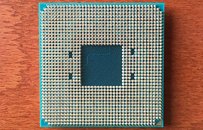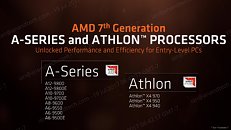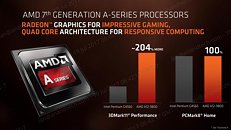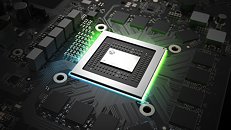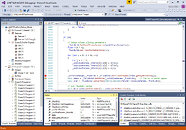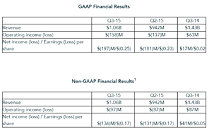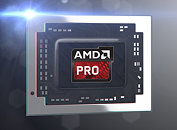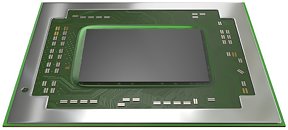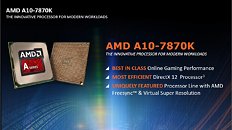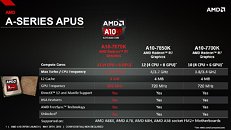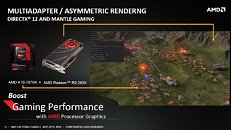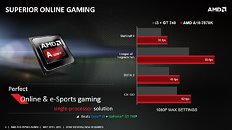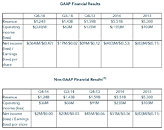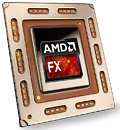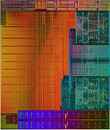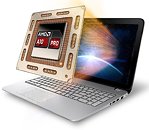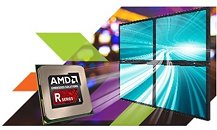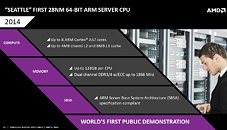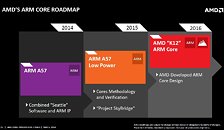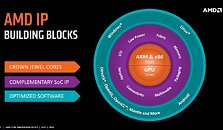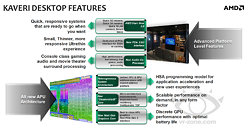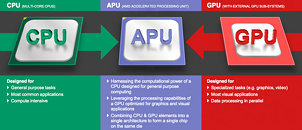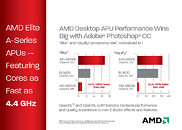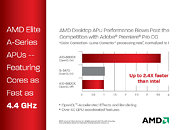
AMD's Bristol Ridge APUs Released for the AM4 Platform in Retail Channels
AMD's AM4 socket really is shaping up to be one of the company's most versatile to date. From true quad-core CPUS (just now available through Ryzen 3's launch through to veritable svelte behemoths 8-core, 16-thread CPUs, AM4 has something for every consumer. AMD is now taking that show further with the release of the Bristol Ridge family of APUs, which includes eight APUs and three CPUs. While pricing wasn't announced at time of writing, the top-priced part should fall below the $110 mark and bottom out at $50, so as not to collide with AMD's Ryzen 3 1200 (although these products aren't specifically overlapping anyway.)
AMD's new entry-level processors will hit a maximum of 65 W TDP, with the top spot being taken by the 2-module, 4-threads A12-9800, running at 3.8 GHz base and 4.2 GHz Turbo. This part holds a Radeon R7 GPU with 512 Stream Processors (GCN 1.3, the same as in the Fury GPUs) running at 800 MHz Base and 1108 MHz Turbo. There are three 35 W parts (denoted by a capital E after the model name.) One thing users should take into account is that the Bristol Ridge APUs deliver a maximum of 8x PCIe 3.0 lanes - thus rendering a multi-GPU solution unfeasible.
AMD's new entry-level processors will hit a maximum of 65 W TDP, with the top spot being taken by the 2-module, 4-threads A12-9800, running at 3.8 GHz base and 4.2 GHz Turbo. This part holds a Radeon R7 GPU with 512 Stream Processors (GCN 1.3, the same as in the Fury GPUs) running at 800 MHz Base and 1108 MHz Turbo. There are three 35 W parts (denoted by a capital E after the model name.) One thing users should take into account is that the Bristol Ridge APUs deliver a maximum of 8x PCIe 3.0 lanes - thus rendering a multi-GPU solution unfeasible.
